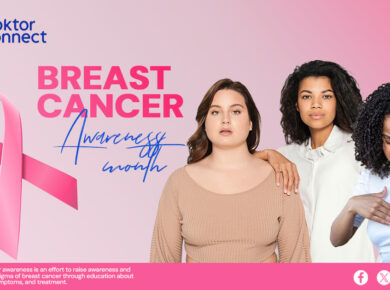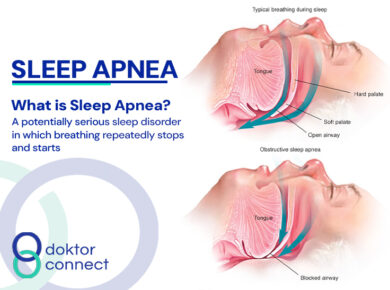You’ve probably heard people say, “HIV no dey show for face o.”
This saying is true. There’s no way to know if someone has HIV/AIDS just by looking at the person. Also, the early symptoms of HIV are non-specific, and they may pass for another viral infection or a general feeling of being unwell.
The symptoms of HIV vary based on the stage of the infection. There are three stages of HIV infection. They are:
Stage 1 – Acute HIV Infection
This stage occurs within the first month of HIV infection. At this stage, an infected person may not have any symptoms, although up to 67% of people will have flu-like symptoms like:
- Fever
- Chills
- Rash
- Night sweats
- Muscle aches
- Sore throat
- Fatigue
- Swollen lymph nodes
- Mouth ulcers
If you have any of these symptoms, it does not mean that you have HIV because they can occur in other ailments too. You can go for an HIV test if you suspect that you have been exposed to HIV.
Stage 2 – Clinical Latency
At this point, the infection is now chronic. The HIV multiplies slowly, and the person may not feel sick or have any symptoms. This phase may last 10 – 15 years, but it can be faster in some people.
Stage 3 – AIDS
If HIV is left untreated, it will eventually overwhelm the person’s immune system, and the illness will progress to AIDS (Acquired Immunodeficiency Syndrome). This is the terminal stage of HIV infection.
Some symptoms that are common at this stage are:
- Rapid weight loss
- Recurring fever or profuse night sweats
- Extreme and unexplained tiredness
- Prolonged swelling of the lymph glands in the armpits, groin, or neck
- Diarrhoea that lasts for more than a week
- Sores of the mouth, anus, or genitals
- Pneumonia
- Red, brown, pink, or purplish blotches on or under the skin or inside the mouth, nose, or eyelids
Once more, these symptoms are not associated with HIV/AIDS alone. They may be present in other symptoms.
Now that you know the symptoms of HIV, you need to also learn how to protect yourself from this deadly disease.
How To Protect Yourself From HIV/AIDS
- Practice Less Risky Sexual Behaviours
Sexual practices like having multiple sexual partners can increase your chances of having HIV or other STIs. Avoid having a lot of sex partners to reduce the probability of getting exposed to the virus.
- Use A Condom
Condoms can protect you from HIV and other STIs as well. So, you should use a condom with your sexual partners, especially when you are unsure of their HIV/STI status.
- Speak To A Doctor
If you think you have been exposed to HIV, speak to a doctor immediately. You may be eligible for the Post-Exposure Prophylaxis (PEP) medications that can prevent you from coming down HIV if taken within 3 days of exposure.
- Get Tested
An HIV test is the best way to know your HIV status.
Unlike when HIV/AIDS was first discovered, we now have drugs that are very effective at managing the condition. HIV is not a death sentence anymore, and you can have a partner or child without transmitting the virus. The first step is to take a test and be certain of your status
Lastly, you can read more articles about your sexual health here.


